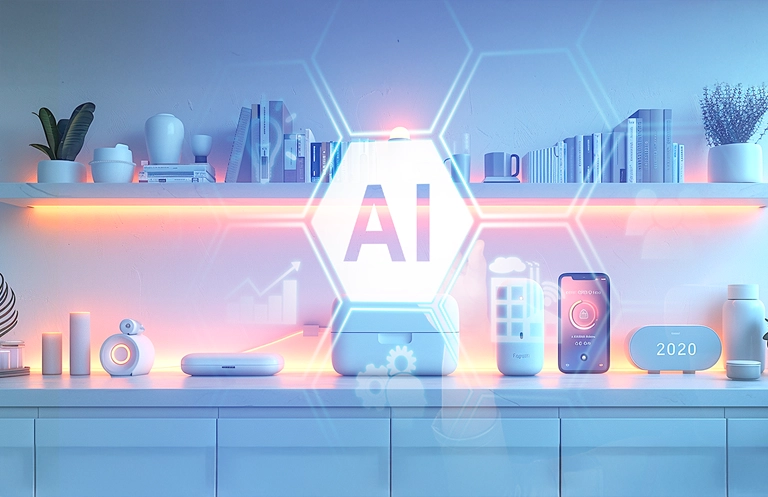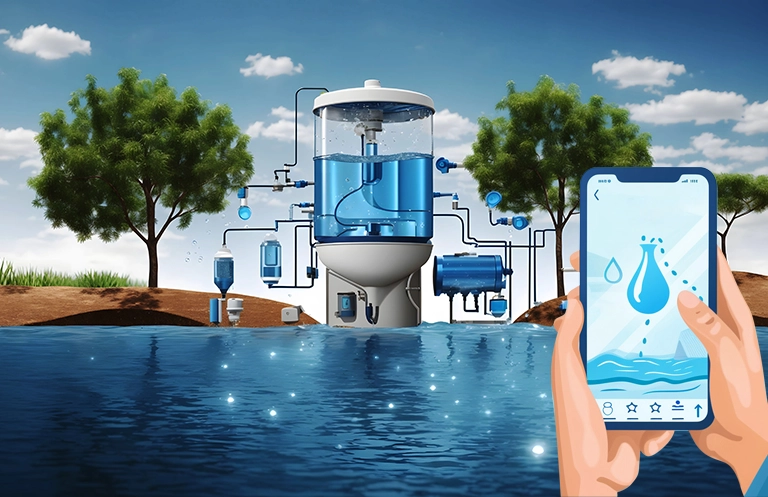Software teams are often focused on building and releasing the software at a faster pace. However, sometimes, in the rush of delivering the software in less time, the software quality happens to be compromised. In the long run, this shortsighted approach of quick delivery can do more harm to the business than good.
QAOps is one of the solutions that can increase both speed and quality at the same time. It’s a modern approach that integrates quality assurance (QA) into the software delivery pipeline. It leverages the basic principle of DevOps in which the software development and operations teams collaborate and work with QA teams. With this, the software delivery process can be accelerated without compromising the quality of the platform or application.
QAOps helps in fusing QA from the beginning of the software development lifecycle rather than being the final checkpoint before release. It empowers the QA team to advise and access the future development actions and predict the bugs earlier – resulting in accelerated software delivery.
Basic Principles of QAOps
QAOps helps in resolving the common communication gaps between QA and development teams that typically happen in the traditional software delivery process. Here are the three basic principles that QAOps focuses on:
- Enhanced collaboration between development and QA teams
- Continuous testing integration in DevOps with a CI/CD pipeline
- Integrates and streamlines QA processes into DevOps while pulling QA team out of silos
QAOps improves the delivery process of the software by making it faster and more efficient without compromising the quality. The typical QAOps framework covers processes for QA, automation, reporting dashboard, and the measures of the software development lifecycle.
Benefits of QAOps
1. Better quality product
Continuous testing while accelerating the release cycle with DevOps ensures better quality, stability, and reliability of the product. It helps teams explore critical issues in the initial stages of development, mitigating the risk of bugs beforehand, saving companies the cost of fixing errors further down the line.
2. Improve test coverage
QAOps is one of the most effective strategies when it comes to generating the best requirements, coverage, and test efficiency matrix along with tangible cost savings. Test matrix-like text execution coverage, defect removal efficiency, defect leakage, defect rejection ratio automation and test case effectiveness will improve considerably with QAOps adoption because as you shrink the development life cycle by testing beforehand, you will see that these matrices also undergo a positive change.
3. Saving cost of rework
QAOPs enable finding defects and risks at an early stage. Therefore, product architecture can be changed as needed earlier in the life cycle to save costly defect changes and rework later.
4. Reduce technical debt
QAOps is more focused on white box testing rather than black box testing at later stages, and this, in turn, helps in reducing technical debt.
5. Achieve scale
As we transition from a product economy to service economy, continuous testing merged with DevOps helps an organization achieve digital strategy goals like gaining competitive advantage through the graphic release of new features.
While in DevOps testing services, the collaboration is mainly between the development and operations teams only, in QAOps, QA is involved in the development process and is considered as a primary process. With this, QA becomes an equal contributor to the entire product delivery value chain. As a result, implementing QAOps helps in delivering a superior customer experience.
How QAOps can improve specific testing processes
1. Automated testing
In automation testing, expected results are compared with the actual outcomes. It also automates the same repetitive testing processes, enabling QA experts to check test results and define the next phase of development based on the data produced by these tests.
While QA analyst requires to first study the product and understand the product goals, specifications better, at the later stage, QA teams can decide which automated tests are needed to be performed. With this, automated tests are tailored to the goals of the product functionality.
2. Parallel testing
Running multiple test cases on an application across systems and browsers is a part of parallel testing process. Mostly, these tests are automated. Therefore, they can help accelerate the testing process as a part of QAOps within the delivery pipeline. However, it also requires better hardware infrastructure for these tests to be processed and produced. So, it is important to use a robust testing cloud that can handle the increased amount of data processing.
3. Test scalability
The purpose of scalability testing is to define applications’ performance at different conditions by changing the load. It shows the app will perform during the various load conditions and if it can scale in such situations. Also, the tests must scale up and down with the pipeline in the CI/CD model.
With automated tests, it is easier to scale as the engineers can save testing steps, methods, and reuse them in future tests. Therefore, in QAOps, the QA teams must have the scalable infrastructure for these tests to be performing at an accelerated rate.
4. Smoke testing
Smoke testing determines whether the deployed build is stable or not. If some of the functionalities of the product stop working, the testing process gets paused and as a result, it prevents the developer from wasting time in installing a faulty test build.
Final Thoughts
The primary challenge in QAOps implementation is justifying the investment and cost related to QAOps adoption. Creating tracking metrics brings in the needed objectivity and makes it easier for management to measure the outcome of investment and whether the whole QAOps change is bringing the right ROI. The most efficient way to break down these matrices to make sense for senior management would be to split them as business metrics and engineering matrix. Companies today are worried more about the cost of downtime once operational. Continuous testing improves test coverage for any application. Matrix like defect removal, efficiency, and test case effectiveness can help understand if QAOps has significantly affected the overall testing process.
Given a large number of product pipelines, an application endpoint for testing connected systems, individual functionality of each component for connected systems need to be tested including a sensor or smart products, network protocols, cloud web, mobile for APIs.
At eInfochips, QAOps is part of the larger DevOps practice, creating a coherent CI/CD/CT pipeline for the customers. Our processes make QAOps a natural part of a test automation strategy.
To know more about our quality engineering services, speak to our experts.












